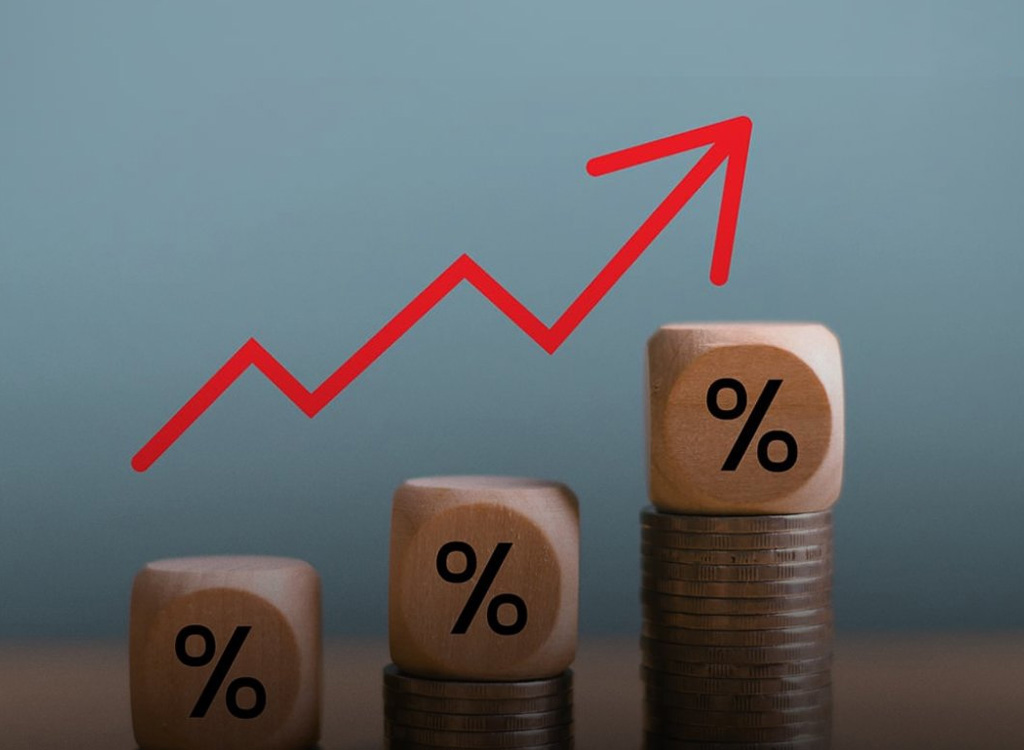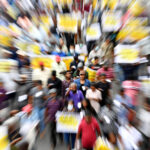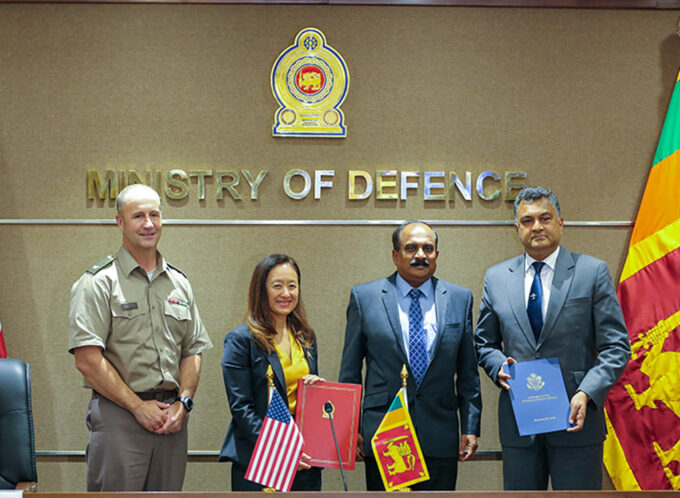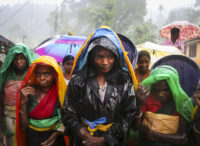Sri Lanka’s inflation rate, as measured by the National Consumer Price Index (NCPI), increased to 1.5% in August from 0.7% in July, primarily due to the impact of lower prices a year ago.
Food prices saw a year-on-year increase of 2.9%, while some essential items like vegetables, fresh fish, and rice became cheaper, others, such as chicken, dried fish, and coconut oil, experienced minor price hikes. Non-food inflation also rose slightly to 0.4% year-on-year.
The Colombo Consumer Price Index (CCPI), a key inflation indicator for the capital, also turned positive for the first time in 11 months, with a 1.2% increase in August.
Underlying price pressures are firming, with core inflation climbing to 1.5% in August from 0.9% in July. The increase in core inflation is expected to influence the Central Bank’s monetary policy decisions, as it seeks to maintain economic stability.
The Central Bank aims for a medium-term inflation target of 5%, which policymakers predict will be reached by mid-2026 as consumer spending and demand recover.
It is also monitoring the growth in private sector credit, which has been growing at almost 20% year-on-year, to prevent it from reaching unsustainable levels that could affect prices and the external sector.











Leave a comment